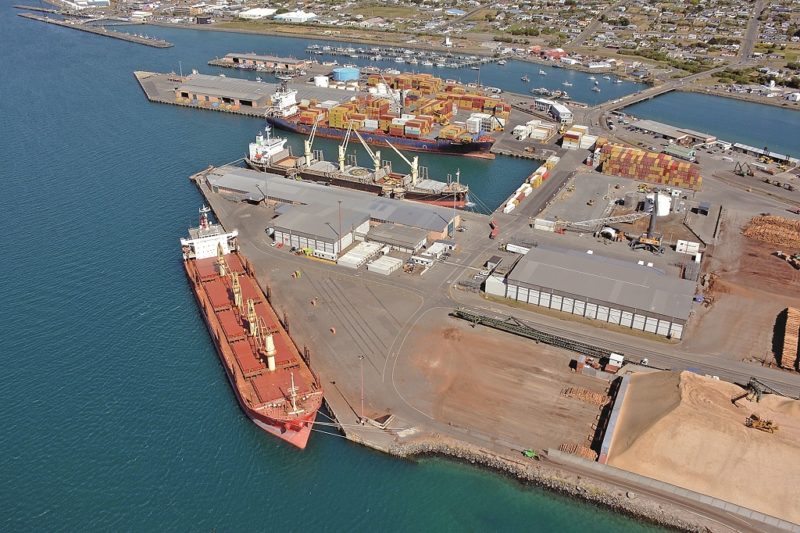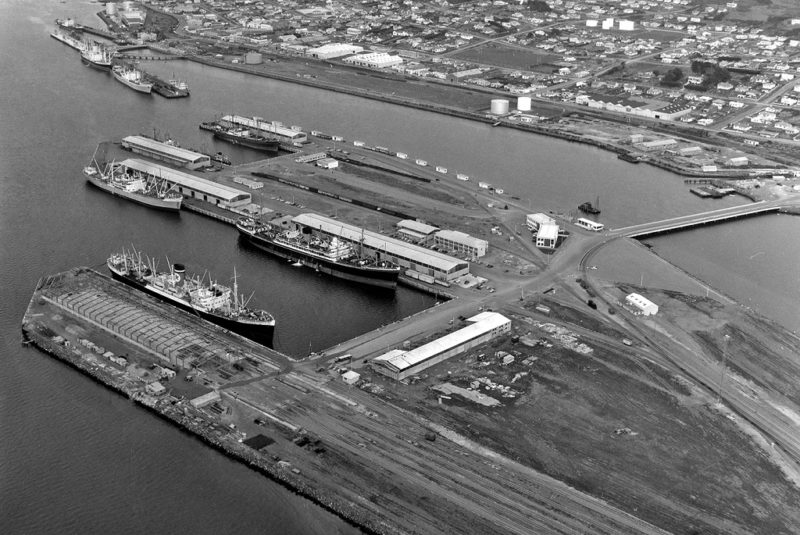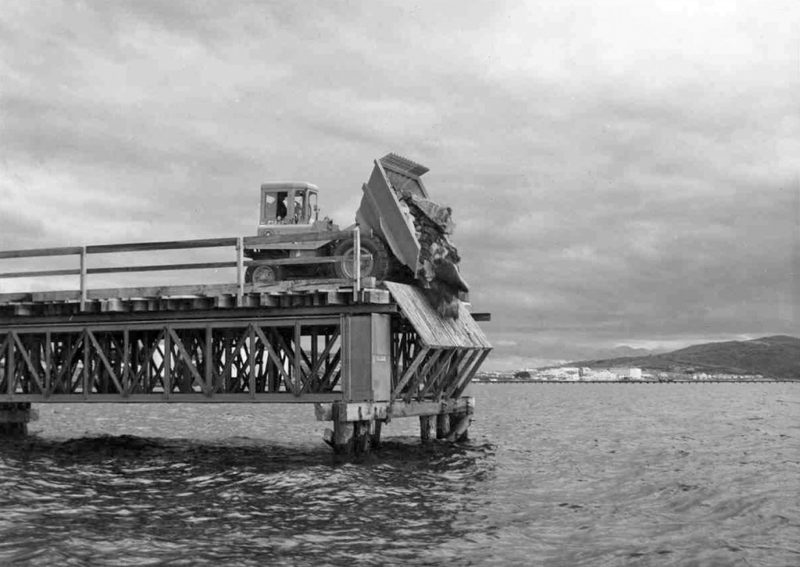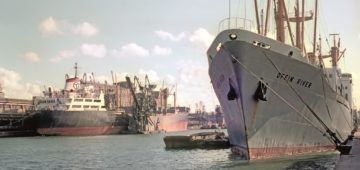
The first British colonists to New Zealand in 1810 subsisted on crops of potatoes and other vegetables as well as their animals that they had brought with them e.g. pigs. They also exported cargoes of flax, timber, firewood, sealskins and large quantities of whale oil as there were many whaling stations on the coasts of Southland and Otago on South Island, and on the Cook Strait separating North Island from South Island. The estimated population of New Zealand when James Cook arrived in 1769 was 100,000, all Maori. In 1820 still about 100,000 of whom about 200 were Europeans.
Inter-tribal warfare, the ‘musket wars’, 1807-1837 cost between 20,000 and 40,000 lives, many more in the later land wars.


Britain annexed in 1840 the whole Maori territory of New Zealand by the Treaty of Waitangi after fierce fighting with the native Maoris, who had arrived from Polynesia a thousand years before. The territory amounted to 43,911 square miles of North Island, 58,090 square miles of the bigger South Island, 674 square miles of Stewart Island lying across the Foveaux Strait from Bluff, and the Chatham Islands of 375 square miles to the east of South Island. A few small groups of islands of the Three Kings and the Kermadecs lie to the north, while Campbell Island, the Auckland islands, the Antipodes Islands, and the rocky Snares, Solander and Bounty islands lie to the south of Stewart Island and contribute many more square miles. The whole area of New Zealand is thus slightly greater than the area of the United Kingdom.
South Island was almost untouched by the Maori Wars, and was prospering at that time from the wool and meat trade, and gold was discovered in 1861. South Island was the home to most of the white population, particularly emigrant Scottish people settling at Dunedin, the old name for Edinburgh. The stable white population had trebled to 770,000 by the end of the century, by natural increase and selected assisted immigration. New Zealand exported mostly wool from sheep farming up to around 1882, when refrigerated meat ships opened up new possibilities. Thus, the transport of meat and dairy products from New Zealand to the U.K. became big business for Houlder Brothers from 1900, Blue Star Line from 1911, and Shaw, Savill and Albion Co. Ltd. from 1882.

Subscribe today to read the full article!
Simply click below to subscribe and not only read the full article instantly, but gain unparalleled access to the specialist magazine for shipping enthusiasts.






Comments
Sorry, comments are closed for this item